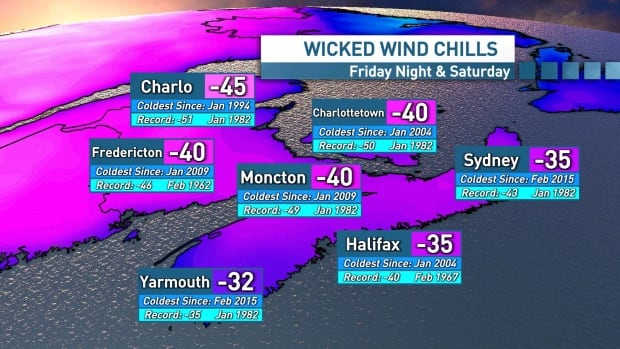Understanding PEI Weather and its Impacts

Introduction
Weather patterns in Prince Edward Island (PEI) are critical not only for daily life but also for agriculture, tourism, and fishing industries which are vital to its economy. Understanding these patterns is essential for residents and visitors alike as they plan their activities and prepare for potential weather adversities.
Current Weather Patterns
As of mid-October 2023, PEI is experiencing a typical fall season with cool temperatures averaging between 6°C to 12°C. The island is currently under a mix of partially cloudy skies and scattered rain showers, a common characteristic of this time of year. Forecasts indicate that a cold front is moving in from the northwest, bringing with it potentially severe weather systems, including heavy rain and gusty winds. Residents are advised to stay updated through local weather services.
Impacts on Agriculture and Tourism
Weather significantly affects PEI’s agricultural sector, especially the potato harvest, which is at its peak in October. Wet conditions can delay harvesting and impact crop yields. Farmers are closely monitoring the forecasts and taking precautionary measures to minimize losses.
In addition, the tourism industry is influenced by weather conditions. Many attractions, including national parks and beaches, see a decline in visitors as temperatures drop. Fall foliage is a popular draw, but rain and wind can detract from the experience. It’s essential for both residents and travelers to stay informed about weather developments to enjoy their time on the island fully.
Preparing for Weather Changes
With technology advancements, residents have access to various weather apps and services that provide real-time updates and alerts. It’s advisable to follow local meteorological organizations for the most accurate and timely information. Preparing for sudden weather changes involves having emergency kits ready, being aware of evacuation routes, and understanding the risks associated with high winds and rainfall.
Conclusion
Weather in PEI is unpredictable, and staying informed is crucial for safety and planning purposes. With the transition into fall, residents should be ready for varying weather conditions. Ongoing climate observations will be critical, especially as the region prepares for the approaching winter. By understanding local weather patterns, residents and visitors can navigate athletic activities and daily life more effectively while taking the necessary precautions when severe weather occurs.









